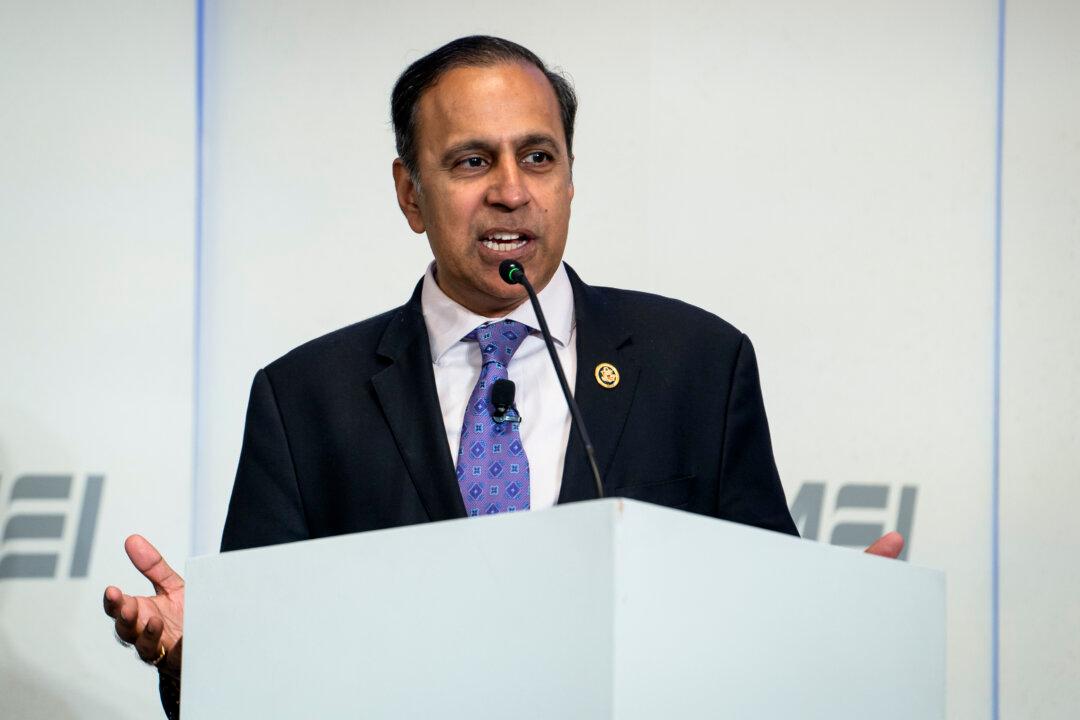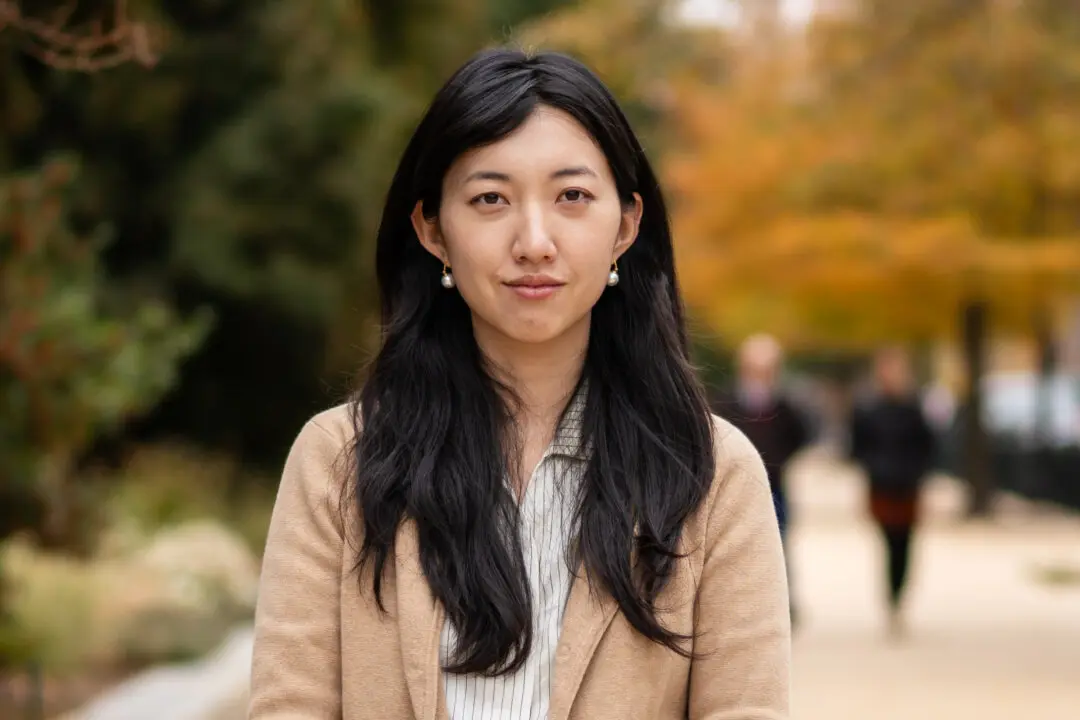State Department spokesperson Ned Price said on Feb. 9 that the “jury’s still out” on whether the Chinese regime gave full transparency to the World Health Organization team currently in Wuhan to study the origin of the pandemic.
“I think the jury’s still out. I think clearly the Chinese, at least heretofore, have not offered the requisite transparency that we need,” Price said at a press briefing, when asked whether he believed the Chinese regime gave the WHO team full cooperation.





